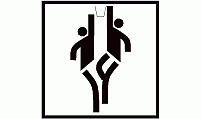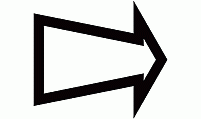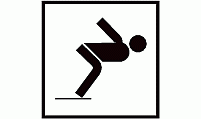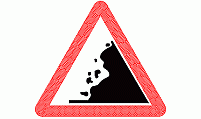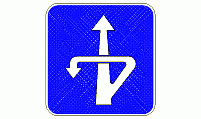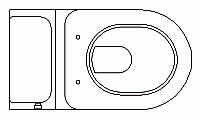CAD Blocks categories
 3D models
3D models home furniture
home furniture sanitary ware - bathrooms
sanitary ware - bathrooms professional equipment
professional equipment doors and windows
doors and windows people and animals
people and animals plants and trees
plants and trees vehicles - transports
vehicles - transports architectural details
architectural details mechanical - electrical
mechanical - electrical urban planning - civil works
urban planning - civil works safety health construction
safety health construction accessible design
accessible design drawing sheet
drawing sheet signals
signals construction machinery
construction machinery accessories and objects
accessories and objects maps and street maps
maps and street maps
![]() icons, signs and symbols CAD drawings consists of: fire protection, fire and emergency planning, fire safety symbols, arrow and direction symbols, information signage, informative signs and symbols, plant levels, northeast, architectural north arrow, danger, hazard warning signs, prohibitions, international road signs, traffic signs, symbols, symbology and more CA blocks files .dwg
icons, signs and symbols CAD drawings consists of: fire protection, fire and emergency planning, fire safety symbols, arrow and direction symbols, information signage, informative signs and symbols, plant levels, northeast, architectural north arrow, danger, hazard warning signs, prohibitions, international road signs, traffic signs, symbols, symbology and more CA blocks files .dwg
Know more about architectural Drafting Symbols, Standardized Signals and libraries for icons
Fire and Emergency Planning
Fire and emergency planning are essential for creating evacuation routes and emergency response strategies. CAD drawings frequently include fire exits, emergency escape routes, and assembly points to ensure that all occupants can safely leave the building in the event of an emergency. These elements are especially important in large commercial buildings, schools, and hospitals where evacuation must be efficient and orderly. Routes are typically designed to avoid obstructions and meet regulatory standards such as having escape path widths of at least 1.0 meter (1.0 m), promoting safety and clarity in the building’s layout.
Fire Safety Symbols
Fire safety symbols represent various hazards, warning signs, and safety instructions that are integral to architectural and engineering projects. These symbols are used to alert people to fire hazards and the locations of safety equipment. Commonly found in warehouses, factories, and industrial settings, these symbols are essential for compliance with fire safety regulations. The size and placement of these symbols, such as warning signs indicating "Fire Alarm" or "No Open Flames," are usually standardized. In larger facilities, signs are often mounted at heights of 78.74 inches (2 meters) to ensure visibility.
Arrow and Direction Symbols
Arrow and direction symbols in CAD drawings are widely used to indicate flow, movement, and orientation within a space. These symbols help in mapping out directional signage in large public spaces such as airports, malls, and transportation hubs. The arrows typically guide people to exits, emergency routes, or different sections of a building. Arrows with a width of 19.69 inches (0.5 meters) are commonly used to mark emergency exits, making it easy to navigate spaces in urgent situations.
Information Signage
Information signage in architectural designs serves to inform building users of important guidelines, directions, or instructions. CAD blocks for information signs are commonly used in public buildings like museums, office complexes, and government facilities. The size and placement of information signs are often specified to ensure visibility and compliance with signage standards. For example, signs indicating "Reception" or "Restrooms" are generally placed at a height of 59.06 inches (1.5 meters) to be easily visible.
Danger and Hazard Warning Signs
Danger and hazard warning signs are used to alert workers and occupants to potential dangers in construction sites, industrial plants, or hazardous areas within a building. These symbols must comply with OSHA standards in the US, and they are essential for minimizing workplace accidents. Typical danger signs are placed at eye level, around 59.06 inches (1.5 meters) above ground, to ensure they catch attention. These signs include warnings about electrical hazards, chemical spills, or unsafe structural areas.
Prohibitions
Prohibition symbols in architectural and engineering drawings are used to mark areas or activities that are not allowed, such as "No Smoking" or "No Entry." These are especially crucial in areas like hospitals, schools, or manufacturing plants where specific activities could pose significant risks. Prohibition symbols are placed prominently at entrances or restricted zones, typically at a height of 66.93 inches (1.7 meters), to ensure they are clearly visible.
International Road Signs and Traffic Symbols
International road signs and traffic symbols are integral to projects that involve the design of highways, roads, and other transportation infrastructure. These symbols adhere to global standards to ensure uniformity across different countries. In the US, road signs such as speed limits, stop signs, and pedestrian crossings are key elements of CAD files used in road and traffic design. The symbols must be positioned according to federal guidelines, with stop signs installed at 82.68 inches (2.1 meters) for maximum visibility.






